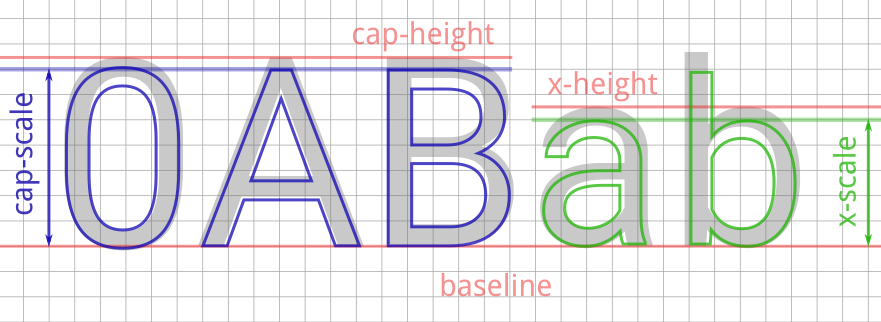Crisp font rendering on the GPU with glyph hinting and subpixel antialiasing. No external dependencies, very small:
https://bundlephobia.com/package/webgl-fonts@1.2.5
npm install webgl-fontsPlace your fonts in the public/fonts or static/fonts directory depending on your setup. Then use loadFont function to load the font and createRenderer to create a renderer.
import { createRenderer, loadFont } from 'webgl-fonts';
// create a WebGL2 context
const canvas = document.getElementById('canvas');
const gl = canvas.getContext('webgl2');
// thiis will load json and png files from
// public/fonts/roboto.json and public/fonts/roboto.png
const font = await loadFont(gl, 'roboto');
const renderer = createRenderer(gl);
// render loop
function loop() {
renderer.render({
font,
fontSize: 32,
text: 'Hello, world!',
translateX: 0,
translateY: 0,
fontHinting: true,
subpixel: true,
fontColor: [1, 1, 1, 1],
backgroundColor: [0, 0, 0, 1],
});
requestAnimationFrame(loop);
}
loop();The demo uses signed distance field method for glyph rendering.
Click here to see the demo (requires WebGL).
Font atlas generation tool is here.
The idea is pretty simple. First we're placing the text baseline exactly at the pixel boundary. Next we're using two different methods to place the glyphs. Lowcase characters are scaled in a such way that the x-height spans a whole number of pixels. All other characters are scaled to fit the cap height to the pixel boundary.
At the rasterisation stage we're modifying the antialiazing routine so that the antialiazed edge distance depends on a stroke direction, which makes horizontal strokes appear sharper than the vertical ones.

